Tech Companies Design Your Life, Here’s Why You Should Care — The Startup — Medium
Tech Companies Design Your Life, Here’s Why You Should Care
Estimated reading time: 10 minutes, 15 seconds
Four years ago, I sold my company to Google and joined the ranks there. I spent my last three years there as Product Philosopher, looking at the profound ways the design of screens shape billions of human lives — and asking what it means for them to do so ethically and responsibly.
What I came away with is that something’s not right with how our screens are designed and I left Google to tell the public what they should know about this. I’m writing this to help you understand why you should care, and what you can do about it.
Why does this matter? Billions of us turn to smartphones every day. We wake up with them. We fall asleep with them. You’re looking at one right now.
New technologies always reshape society, and it’s always tempting to worry about them solely for this reason. Socrates worried that the technology of writing would “create forgetfulness in the learners’ souls, because they [would] not use their memories.” We worried that newspapers would make people stop talking to each other on the subway. We worried that we would use television to “amuse ourselves to death.”
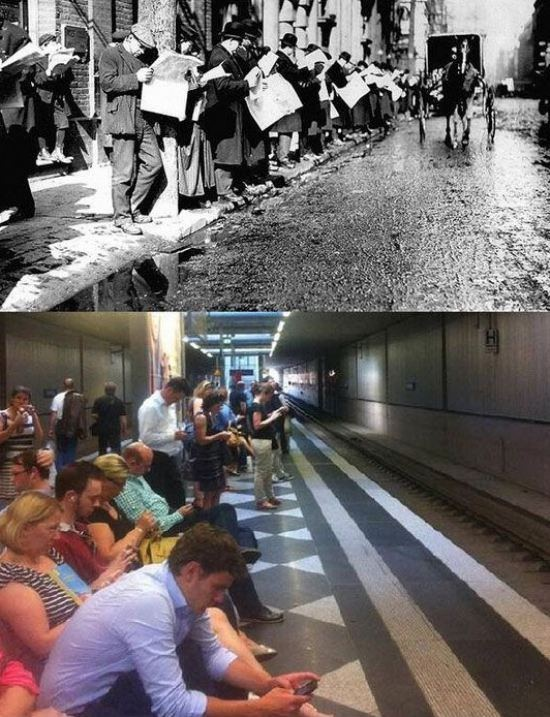
“And see!” people say. “Nothing bad happened!” Isn’t humanity more prosperous, more technically sophisticated, and better connected than ever? Is it really that big of a problem that people spend so much time staring at their smartphones? Isn’t it just another cultural shift, like all the others? Won’t we just adapt?
Invisibility of the New Normal
I don’t think so. What’s missing from this perspective is that all these technologies (books, television, radio, newspapers) did in fact radically change everything, we just don’t see it. Each replaced our old menus of life choices with new ones. Each new menu eventually became the new normal — “the way things are” — and, after our memories of old menus had faded into the past, the new menus became “the way things have always been.”

Consider that the average American now watches more than 5.5 hours of television per day. Regardless of whether you think TV is good or bad, hundreds of millions of people spend 30% of their waking hours watching it. It’s hard to overstate the vast consequences of this shift– for the blood flows of millions of people, for our understanding of reality, for the relational habits of families, for the strategies and outcomes of political campaigns. Yet for those who live with them day-to-day, they are invisible.
So what best describes the nature of what smart phones are “doing” to us?
A New “Perfect” Choice on Life’s Menu
If I had to summarize it, it’s this: our phone puts a new choice on life’s menu, in any moment, that’s “sweeter” than reality.
If, at any moment, reality gets dull or boring, our phone offers something more pleasurable, more productive and even more educational than whatever reality gives us.
And this new choice fits into any moment. Our phone offers 5-second choices like “checking email” that feel better than waiting in line. And it offers 30-minute choices like a podcast that will teach you that thing you’ve been dying to learn, which feels better than a 30-minute walk in silence.
Once you see your phone this way, wouldn’t you turn to it more often? It always happens this way: when new things fill our needs better than the old, we switch:
- When cheaper, faster to prepare food appears, we switch: Packaged foods.
- When more accurate search engines appear, we switch: Google.
- When cheaper, faster forms of transportation appear, we switch: Uber.
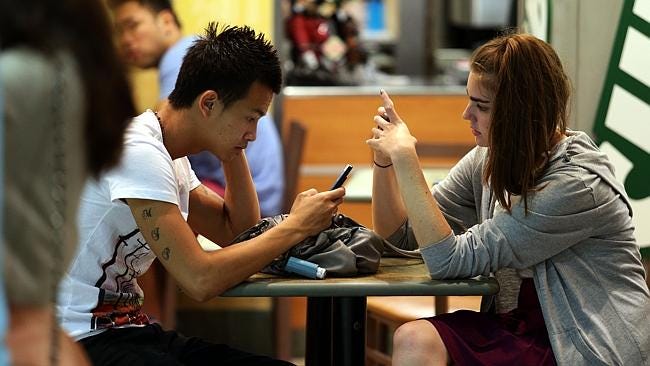
So it goes with phones: when it gives us a new choice that’s “sweeter” than being with ourselves or our boring surroundings — we switch.
But it also changes us on the inside. We grow less and less patient for reality as it is, especially when it’s boring or uncomfortable. We come to expect more from the world, more rapidly. And because reality can’t live up to our expectations, it reinforces how often we want to turn to our screens. A self-reinforcing feedback loop.
And because of the attention economy, every product will only get more persuasive over time. Facebook must become more persuasive if it wants to compete with YouTube and survive. YouTube must become more persuasive if it wants to compete with Facebook. And we’re not just talking about ‘cheap’ amusement (aka cat videos). These products will only get better at giving us choices that make every bone in our body say, “yeah I want that!”
So what’s wrong about this? If the entire attention economy is working to fill us up with more perfect-feeling things to spend time on, which outcompete being with the discomfort of ourselves or our surroundings, shouldn’t that be fantastic?
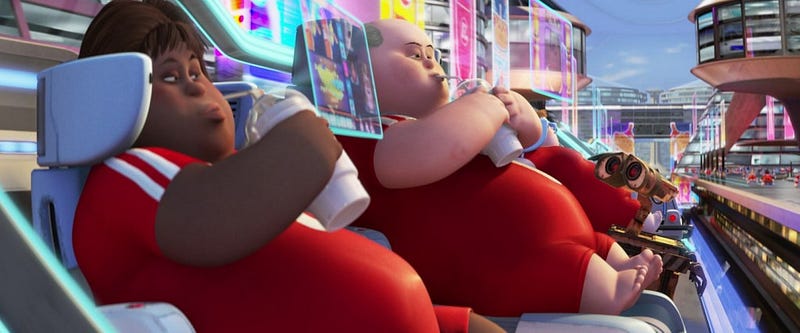
Clearly something is missing from this picture. But what is it?
Maybe it’s that “filling people up,” even with incredible choices on screens somehow doesn’t add up to a life well lived. Or that those choices weren’t what we wished we’d been persuaded to do in the bigger sense of our lives.
As each player in the Attention Economy invents more and more persuasive tactics to keep people hooked, persuasiveness goes up and agency goes down. Maybe we are “choosing,” but we are choosing from persuasive menus driven by companies who have different goals than ours.
And that begs us to ask, “what are our goals?” or how do we want to spend our time? There are as many “good lives” as there are people, but our technology (and the attention economy) don’t really seem on our team to give us the agency to live according to them.
A Whole New Persuasive World
And it’s about to get a lot worse. Virtual Reality and Augmented Reality will offer whole new immersive realities that are even more persuasive than physical reality.
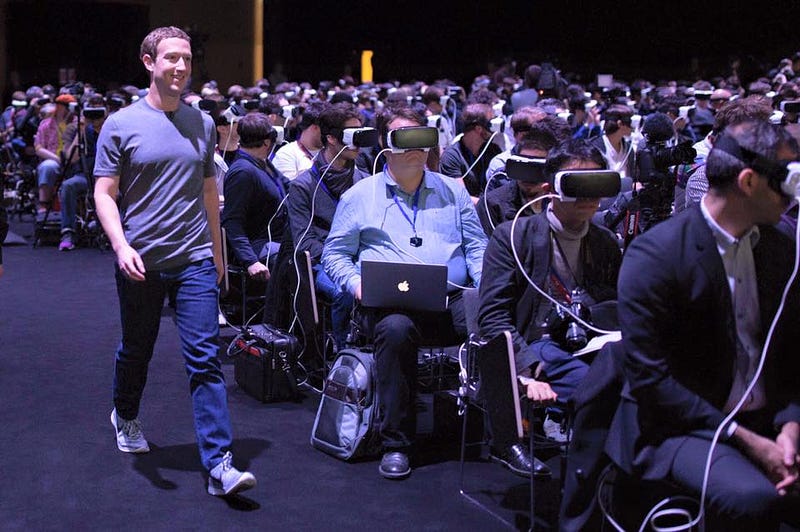
When you could have sex with the person of your dreams, or fly through jungles in the Amazon rainforest while looking over at your best friend flying next to you, who would want to stick with reality?
By the way, this isn’t your usual “look, VR is coming!” prediction. This is the real deal. Facebook spent $2 billion to buy Oculus Rift, and hopes to put them in every home for this holiday season. It will be just like the late 1980’s when suddenly everyone you knew had a Nintendo.
Acknowledging the Problem
So we have a fundamental misalignment– between what the attention economy is competing to produce (more and more persuasive choices that fit into any moment) and the aspirations people have for their lives (their definition of “the good life”).
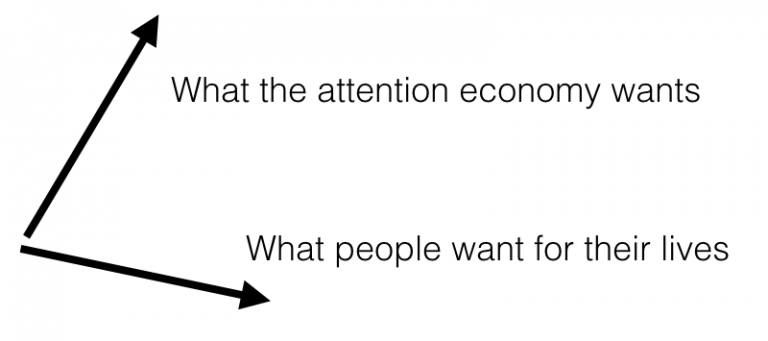
So what’s missing from the design of our phones? I like to use the metaphor of ergonomics. When you think of ergonomics, you might think of boring things like how a cup fits into someone’s hand, but it’s way more than that.
Ergonomics is about designing for failure modes and extremes: how things break under repetition, stress or other limits. And the goal of ergonomic designis to create an alignment between the user’s limits, the thing you’re designing, and how people will ideally use that thing.
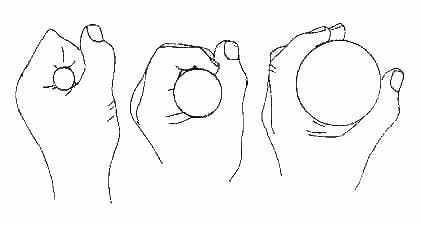
For example, an ergonomically designed coffee mug aligns the natural fatigue of forearm muscles during use (as a person “lifts” it to sip) with how frequently people want to use it, so they still can lift it successfully with repetition.
What does this have to do with phones?
Our minds urgently need a new “ergonomics,” based on the mind’s limited capacities, biases, fatigue curves and the ways it forms habits. The attention economy tears our minds apart. With its onslaught of never-ending choices, never-ending supply of relationships and obligations, the attention economy bulldozes the natural shape of our physical and psychological limits and turns impulses into bad habits.
Just like the food industry manipulates our innate biases for salt, sugar and fat with perfectly engineered combinations, the tech industry bulldozes our innate biases for Social Reciprocity (we’re built to get back to others), Social Approval (we’re built to care what others think of us), Social Comparison (how we’re doing with respect to our peers) and Novelty-seeking (we’re built to seek surprises over the predictable).
Millions of years of evolution did a great job giving us genes to care about how others perceive us. But Facebook bulldozes those biases, by forcing us to deal with how thousands of people perceive us.
This isn’t to say that phones today aren’t designed ergonomically, they are just ergonomic, or fit, to a narrow scope of goals:
- for a single user (holding the phone)
- for single tasks (opening an app)
- for individual choices
And a narrow scope of our physical limits:
- how far our thumb has to stretch to tap an app
- how loud the phone must vibrate for our ear to hear it
So what if we expanded the scope of ergonomics for a more holistic set of human goals:
- a holistic sense of a person
- a holistic sense of how they want to spend their time (and goals)
- a holistic sense of their relationships (interpersonal & social choices)
- an ability to make holistic choices (including opportunity costs & externalities)
- an ability to reflect, before and after
…and what if we aligned these goals with a more holistic set of our mental, social and emotional limits?
A New Kind of Ergonomics
Let’s call this new kind of ergonomics “Holistic Ergonomics”. Holistic Ergonomics recognizes our holistic mental and emotional limits [vulnerabilities, fatigue and ways our minds form habits] and aligns them with the holistic goals we have for our lives (not just the single tasks). Holistic Ergonomics is built to give us back agency in an increasingly persuasive attention economy.
Joe Edelman and I have taught design workshops on this, calling it EmpoweringDesign.org, or designing to empower people’s agency.
It includes an interpersonal ergonomics, to “align” our social psychological instincts with how and when we want to make ourselves available to others (like in my TED talk), so that we can reclaim agency over how we want to relate to others.
Just like an ergonomic coffee mug is safe to live by, even under repetition, over and over again, without causing harm to ourselves or others, in a Time Well Spent world our phones would be designed with Holistic Ergonomics, so that even under repetition, over and over again, our phones do not cause harm to ourselves or others — our phones become safe to live by. They support our Agency.
How to Change the Game
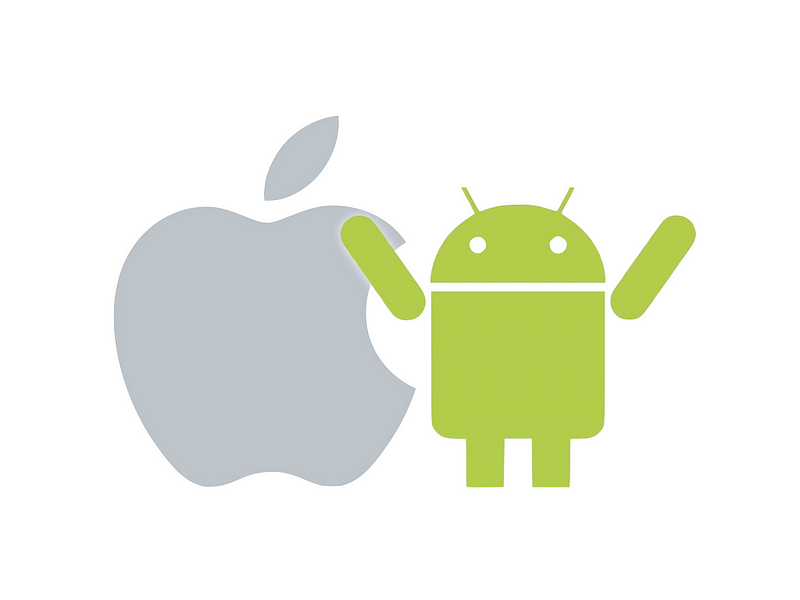
Right now, two companies are responsible for the primary screens that a billion people live by. Apple and Google make the two dominant smartphone platforms. Facebook and Microsoft make leading Virtual and Augmented Reality platforms, Oculus and Hololens.
You might think that it’s against the business models of Apple and Google to facilitate people’s agency, which might include making it easier to spend time off the screen, and use apps less. But it’s not.
Apple and Google, like all companies, respond to what consumers demand.
When Privacy became important to you, they responded. They developed new privacy and security features, and it sparked a whole new public conversation and debate. It’s now the most popular concern about technology discussed in media.
When Organic food became important to you, they responded too. Walmart added it to their stores.
We need to do the same thing with this issue. Until now, with this experience of distraction, social media, and this vague sense that we don’t feel good when we use our phones for too long, there’s been nothing to rally behind. It’s too diffuse. We receive so many incredible benefits from tech, but we’ve also been feeling like we’ve been losing ourselves, and our humanity?
But we’re naming it now.
What’s at stake is our Agency. Our ability to live the lives we want to live, to have the space for thinking and reflection, to choose the way we want to choose, and to relate to others the way we want to relate to them — through technology. This is a design problem, not just a personal responsibility problem.
If you want your Agency, you need to tell these companies that that’s what you want from them– not just another shiny new phone that overloads our psychological vulnerabilities. Tell them you want your Agency back, and to help you spend your time the way you want to, and they will respond.
I hope this helps spark that bigger conversation. And I will write more about specific examples of high-agency design in future points.
Tristan Harris was Product Philosopher at Google until 2016 where he studied how technology affects a billion people’s attention, wellbeing and behavior. For more resources on Time Well Spent, see http://timewellspent.io.
Originally published at www.tristanharris.com on March 7, 2016.
